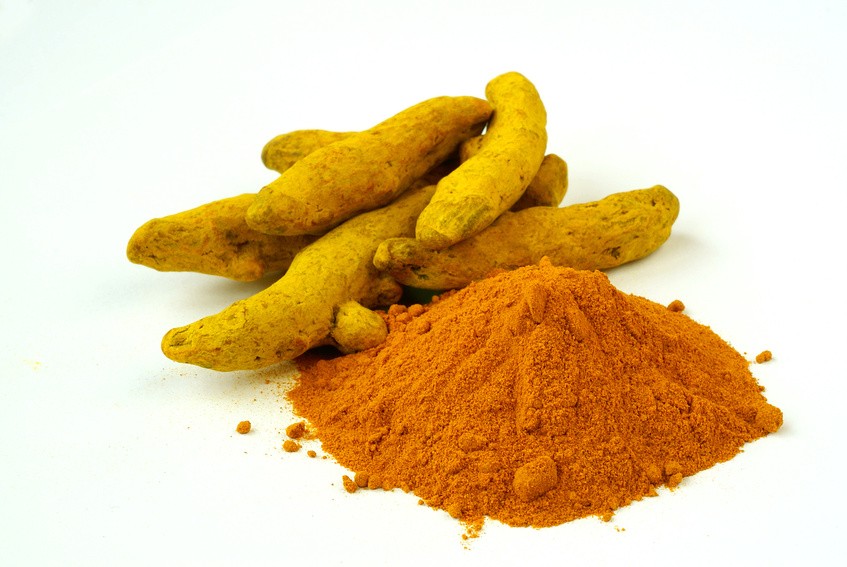
Diagnosed with Cancer? Your two greatest challenges are understanding cancer and understanding possible side effects from chemo and radiation. Knowledge is Power!
Learn about conventional, complementary, and integrative therapies.
Dealing with treatment side effects? Learn about evidence-based therapies to alleviate your symptoms.
Click the orange button to the right to learn more.
- You are here:
- Home »
- Blog »
- Healthy Living Products »
- Non-alcoholic Fatty liver- cardiovascular events, women
Non-alcoholic Fatty liver- cardiovascular events, women

“…we found that women with Non Alcoholic Fatty Liver Disease are not more protected than men with NAFLD.”
The takeaway from the study discussed below is that being female normally lowers the risk for most cardiovascular events. However this is not true for women who have non-alcoholic fatty liver disease.
According to research, “Up to 80% of obese people have the disease” and “About 12 to 25% of people in the United States have NAFLD,[7] while NASH affects between 2 and 5% of people in the United States.[7]”
NAFLD therapies include diet, exercise, surgery and supplementation. The study linked at the bottom of this page talks about omega 3 fatty acids and its ability to improve liver fat in NAFLD.
I am both a cancer survivor and cancer coach. I take and recommend Life Extension Super Omega 3 EPA/DHA.
To learn more about non-toxic NAFLD please scroll down the page, post a question or comment and I will reply to you ASAP.
Thank you,
David Emerson
- Cancer Survivor
- Cancer Coach
- Director PeopleBeatingCancer
Non-alcoholic fatty liver disease
“Non-alcoholic fatty liver disease (NAFLD) is one of the types of fatty liver which occurs when fat is deposited (steatosis) in the liver due to causes other than excessive alcohol use. Non-alcoholic steatohepatitis (NASH) is the most extreme form of NAFLD.[1] NAFLD is the most common liver disorder in developed countries.[2][3]
Fatty liver increases risk for cardiovascular events in women
“Women with nonalcoholic fatty liver disease saw significantly higher rates of subsequent cardiovascular events compared with men and saw them occur at a younger age…
Sex is such an important risk modifier that it’s included in all the calculators we use in daily practice to estimate someone’s risk of developing future cardiovascular events…” “It is known that in the general population, the female sex is protective for cardiovascular disease, which means that women are less likely than men to have cardiovascular events. What we found in this study is that this does not hold true in people who have NAFLD; we found that women with NAFLD are not more protected than men with NAFLD.”
Allen and colleagues culled 4,196 patients with NAFLD from the Rochester Epidemiology Project database and 15,786 controls. Mean patient age was 52 years, 52% were women, and median follow-up was 7 years...
The researchers identified 1,684 cardiovascular events. The risk for cardiovascular events was high among women but not in men. Among women,
- the risk increased for angina,
- myocardial infarction,
- heart failure,
- though not for atrial fibrillation and stroke
Effects of Omega-3 Fatty Acid in Nonalcoholic Fatty Liver Disease: A Meta-Analysis
Conclusions. In this meta-analysis, omega-3 PUFAs improved liver fat, GGT, TG, and HDL in patients with NAFLD/NASH. Therefore, n-3 PUFAs may be a new treatment option for NAFLD…

